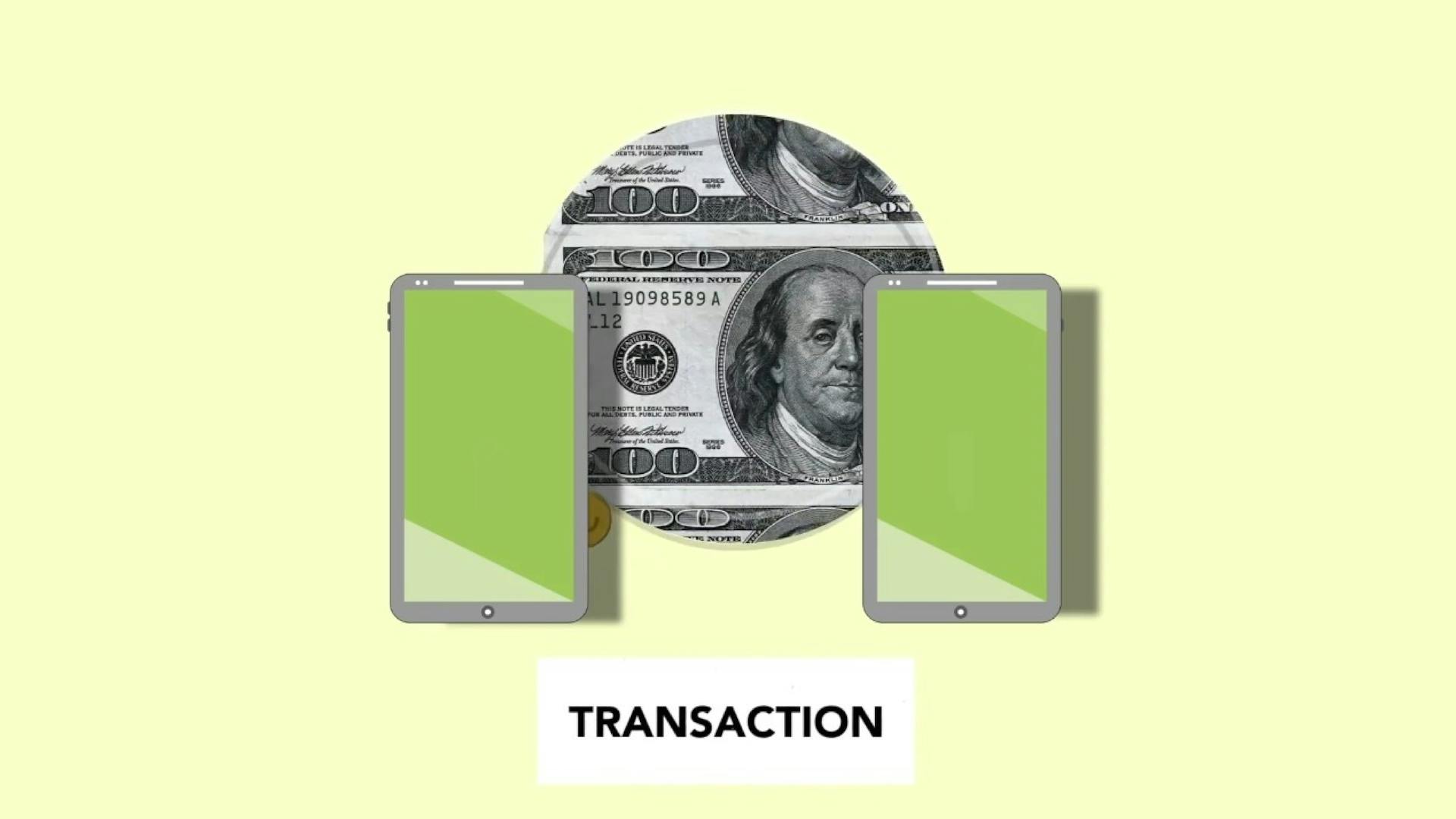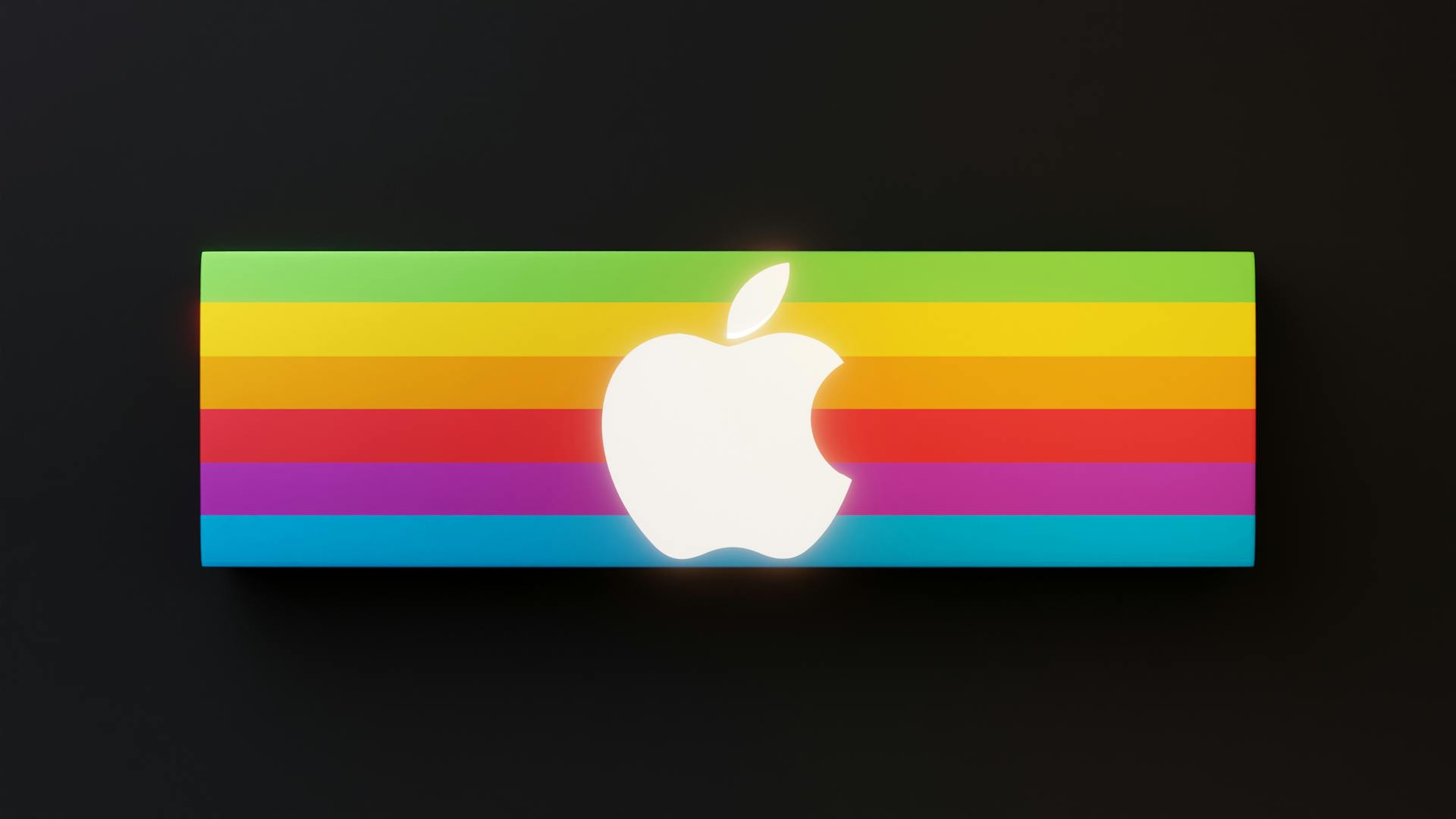
MoneyGram inmate money transfer is a convenient way to send funds to those who are incarcerated.
This service is available at over 200,000 locations worldwide, making it easily accessible.
MoneyGram has a partnership with many correctional facilities, which allows for a secure and efficient transfer process.
Inmates can receive funds from their loved ones, which can be used for various purposes such as making phone calls, buying commissary items, or paying for medical services.
Send Money
You can send money to an inmate using several methods, including the U.S. Mail, Western Union, and MoneyGram.
The U.S. Mail is the simplest and least expensive option, but it's not the fastest. MoneyGram and Western Union are faster, but still not as easy as one would hope or expect.
You can also use JPay, a private corrections-related service provider that contracts with correctional facilities in 35 states. JPay offers online money transfers, as well as email, video visitation, and probation payments.
To deposit money with JPay, you have three options: online, by phone, or in-person at a MoneyGram agent location. You can use a credit or debit card, bank account, or cash to make a payment.
To make an in-person transfer, you'll need to complete an ExpressPayment service form with your ID. The money is deposited to the inmate's account within minutes, but may not be available for use until the next day.
Here are the details you'll need to make a JPay transfer:
- The four-digit Receive Code that corresponds to the specific facility you're sending money to
- The inmate's ID number, typically eight digits followed by their last name
Understanding the Process
To send money to an inmate using MoneyGram, you'll need to gather some essential information. This includes the inmate's eight-digit register number with no spaces or dashes, followed immediately by their last name (e.g., 12345678DOE).
The Company Name is always the Federal Bureau of Prisons, and the City & State is Washington, DC. The Receive Code is 7932, and you'll need to include the amount you're sending.
To ensure a seamless transaction, make sure you have the inmate's full committed name readily available.
Information

MoneyGram and Western Union both process funds 7 days a week, including holidays. Funds sent between 7:00 a.m. and 9:00 p.m. EST are deposited within 2 to 4 hours.
Funds sent after 9:00 p.m. EST are deposited the following morning at 7:00 a.m. EST for MoneyGram, and 9:00 a.m. EST for Western Union.
MoneyGram charges a fee of up to $9.95 for U.S. cash transfers of up to $5,000.00.
To deposit funds through MoneyGram, you need to provide the company name, city and state, receive code, account number, and message to biller or beneficiary name. The account number is the inmate's last name and register number, with no spaces or dashes.
Here is a list of the required information for MoneyGram:
You can deposit funds through MoneyGram's Express Payment Program, or Western Union's Quick Collect Program. Both programs process funds quickly, with deposits made within 2 to 4 hours for funds sent between 7:00 a.m. and 9:00 p.m. EST.
Gather Necessary Information

The first step in sending money to an inmate is to gather all the necessary information. This includes the inmate's account number, which is their eight-digit register number with no spaces or dashes, followed immediately by their last name (e.g., 12345678DOE).
To ensure a seamless process, make sure you have the following information readily available: the inmate's full committed name, their eight-digit register number, the company name (Federal Bureau of Prisons), the city and state (Washington, DC), and the receive code (7932).
You'll also need to include the inmate's full committed name in the message to the biller or beneficiary name field. This is crucial for the funds to be delivered correctly.
Here's a summary of the necessary information:
By having all this information at hand, you'll be able to send money to the inmate efficiently and effectively.
Other State Options
If you're looking to send money to an inmate in a specific state, there are certain options available. Some states have their own proprietary systems for making deposits.
In Alabama, Idaho, Kansas, Nevada, Oklahoma, Oregon, and Utah, you can use Access Corrections to make a transfer. This is a convenient option for those living in these states.
If you're in California, you have a few options for making a deposit. You can use a personal cashier's check via lockbox, or you can opt for an electronic funds transfer (EFT) or even make a deposit at the US Post Office.
In Florida, things are a bit different. You can make an in-person cash deposit at a Video Visitation Center. This is a good option for those who live near one of these centers.
In Illinois, you can use Global Tel Link or a money order to make a deposit. This is a good option for those who prefer to use a money order.
Nevada is one of the states that uses Touchpay credit and debit transactions for making deposits. This is a convenient option for those who prefer to use their credit or debit card.
Depositing Funds
You can deposit funds into an inmate's account through Western Union, MoneyGram, or online/telephone deposits.
Funds sent through Western Union's Quick Collect Program are deposited within two to four hours, Monday through Friday, between 7:00 a.m. and 9:00 p.m. EST.
MoneyGram's Express Payment Program also deposits funds within two to four hours, Monday through Friday, between 7:00 a.m. and 10:00 p.m. EST.
Western Union and MoneyGram both charge a fee for U.S. cash transfers, with Western Union's fee ranging from $0 to $10.95, and MoneyGram's fee up to $9.95 for transfers of up to $5,000.
You can deposit funds online or over the phone through Western Union or MoneyGram.
Funds deposited through online or telephone deposits take 1-2 business days to post on the individual in custody's account.
To deposit funds, you will need the exact spelling of the individual in custody's name and Booking Number as it appears on the website.
A list of vendors for online and telephone deposits includes Western Union, MoneyGram, and JailATM.com.
Frequently Asked Questions
What apps can I use to send money to someone in jail?
You can use GTL/ConnectNetwork, JPay, or Access Corrections to send money to someone in jail, allowing them to receive funds and stay connected with loved ones. Each service offers a convenient and secure way to send money to inmates.
How do I send money to a federal prisoner?
To send money to a federal prisoner, you can deposit funds electronically or via a postal money order by mail into their commissary account. This allows them to purchase items from the prison store.
What is Securus MoneyGram code?
The Securus MoneyGram code is 9819. To send money, visit a MoneyGram location and complete the Express Blue Form with this code and "Company Name: SECURUS
What is the MoneyGram code for the Federal Bureau of Prisons?
The MoneyGram code for the Federal Bureau of Prisons is 7932 or "Federal Bureau of Prisons". You can also use the receive code found on the official MoneyGram website.
Sources
- https://federalcriminaldefenseattorney.com/moneygram-inmate/
- https://federalcriminaldefenseattorney.com/prison-life/contact-federal-inmate/send-money-inmate-deposit/
- https://inmates.assurances.gov.gh/how-to-send-money-to-a-federal-inmate-through-moneygram.html
- https://cookcountysheriffil.gov/departments/cook-county-department-of-corrections/individual-in-custody-trust-accounts/
- https://www.finder.com/international-money-transfers/send-money-to-inmate
Featured Images: pexels.com

